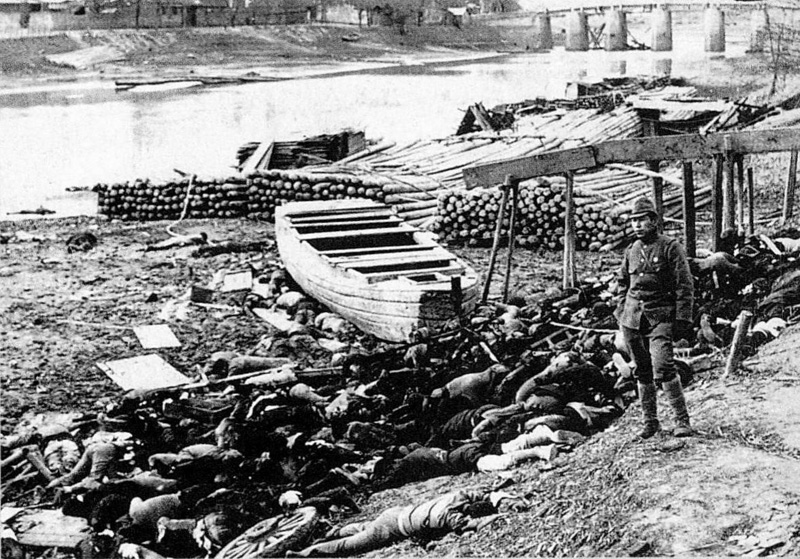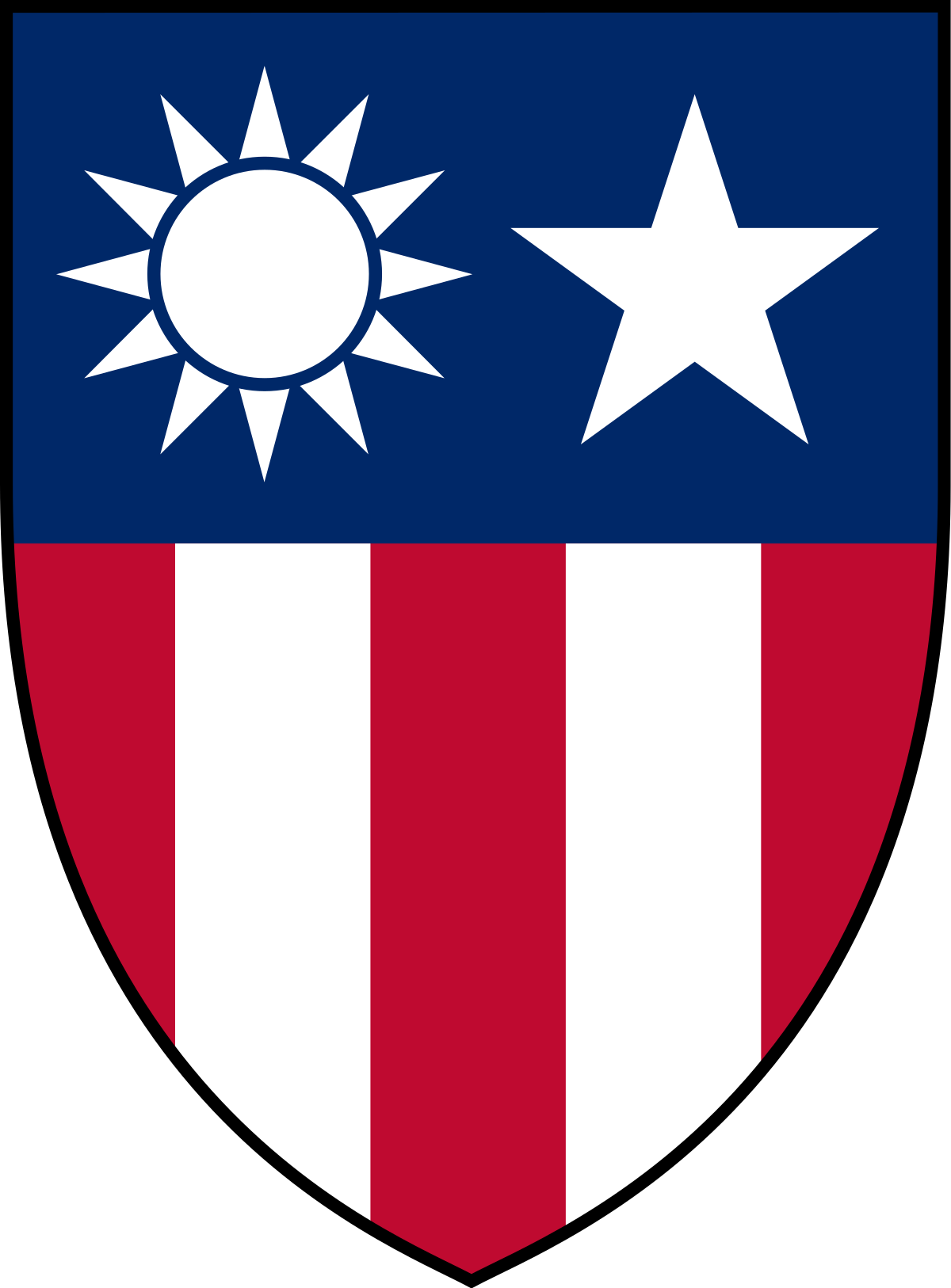Only 2 days difference. I think that's close enough for government work.Hiroshima was August 6, 1945, and the Beirut explosion was on August 4, 2020, which is 74 years and 363 days difference , not 75 years latter ! So it looks there is no correlation between the two events although the conspiracy theorist may find something as they always so.
75 year anniversary of Hiroshima bombing
- Thread starter rafterman
- Start date
Can mushrooms be halal?I guess it's appropriate they had that big, mushroom-shaped explosion in Beirut to mark the anniversary.
As long as they're not served with pork.Can mushrooms be halal?
friggin facebook. sorry. I should have checked. Tip off would have been tv content the day before and the day of.Hiroshima was August 6, 1945, and the Beirut explosion was on August 4, 2020, which is 74 years and 363 days difference , not 75 years latter ! So it looks there is no correlation between the two events although the conspiracy theorist may find something as they always so.
already copped to the misstatement on another thread.Hiroshima was August 6, 1945, and the Beirut explosion was on August 4, 2020, which is 74 years and 363 days difference , not 75 years latter ! So it looks there is no correlation between the two events although the conspiracy theorist may find something as they always so.
The outcome of the war may have been inevitable by that time but there is no way that Japan was ready to surrender.
They didn`t even surrender after the first bomb.
The Nanjing Massacre or the Rape of Nanjing (alternately written as the Nanking Massacre or the Rape of Nanking)[N 1] was an episode of mass murder and mass rape committed by Imperial Japanese troops against the residents of Nanjing (Nanking), then the capital of China, during the Second Sino-Japanese War.
The massacre occurred over a period of six weeks starting on December 13, 1937, the day that the Japanese captured Nanjing. During this period, soldiers of the Imperial Japanese Army murdered Chinese civilians and disarmed combatants who numbered an estimated 40,000 to over 300,000,[7][8] and perpetrated widespread rape and looting.[9][10]
Since most Japanese military records on the killings were kept secret or destroyed shortly after the surrender of Japan in 1945, historians have been unable to accurately estimate the death toll of the massacre. In 1946, the International Military Tribunal for the Far East in Tokyo estimated that over 200,000 Chinese were killed in the incident.[11] China's official estimate is more than 300,000 dead based on the evaluation of the Nanjing War Crimes Tribunal in 1947. The death toll has been contested by scholars since the 1980s.

 en.wikipedia.org
en.wikipedia.org
They didn`t even surrender after the first bomb.
The Nanjing Massacre or the Rape of Nanjing (alternately written as the Nanking Massacre or the Rape of Nanking)[N 1] was an episode of mass murder and mass rape committed by Imperial Japanese troops against the residents of Nanjing (Nanking), then the capital of China, during the Second Sino-Japanese War.
The massacre occurred over a period of six weeks starting on December 13, 1937, the day that the Japanese captured Nanjing. During this period, soldiers of the Imperial Japanese Army murdered Chinese civilians and disarmed combatants who numbered an estimated 40,000 to over 300,000,[7][8] and perpetrated widespread rape and looting.[9][10]
Since most Japanese military records on the killings were kept secret or destroyed shortly after the surrender of Japan in 1945, historians have been unable to accurately estimate the death toll of the massacre. In 1946, the International Military Tribunal for the Far East in Tokyo estimated that over 200,000 Chinese were killed in the incident.[11] China's official estimate is more than 300,000 dead based on the evaluation of the Nanjing War Crimes Tribunal in 1947. The death toll has been contested by scholars since the 1980s.

Nanjing Massacre - Wikipedia
 en.wikipedia.org
en.wikipedia.org
You can't justify the killing of Japanese civilians with the killing of Chinese civilians, which seems to be the intention here.
The abrupt end saved way more lives, on all sides.The two A-bombs meant that the allies didn't have to retake Singapore, Hong Kong and China by force.
100,000 civilians were killed by the enemy in retaking Manila. That is on top of the 30 million civilians killed by the enemy in China and the rest of Asia.
My intent had nothing to do with justification.You can't justify the killing of Japanese civilians with the killing of Chinese civilians, which seems to be the intention here.
It was just a prime example of why a swift end was worth a high price.
Some people forget that Singapore and Hong Kong were still under occupation and there were still 1.3million enemy soldiers inside China and Korea. For the occupied, the war didn't end soon enough.It was just a prime example of why a swift end was worth a high price.
“Even without the atomic bombing attacks,” concluded the United States Strategic Bombing Survey of 1946, “air supremacy over Japan could have exerted sufficient pressure to bring about unconditional surrender and obviate the need for invasion. “Based on a detailed investigation of all the facts, and supported by the testimony of the surviving Japanese leaders involved, it is the Survey’s opinion that … Japan would have surrendered even if the atomic bombs had not been dropped, even if Russia had not entered the war [against Japan] and even if no invasion had been planned or contemplated.”
The National Archives in Washington contains documented Japanese peace overtures as early as 1943. None was pursued. A cable sent on May 5, 1945 by the German ambassador in Tokyo and intercepted by the U.S. made clear the Japanese were desperate to sue for peace, including “capitulation even if the terms were hard”. Nothing was done.
The U.S. Secretary of War, Henry Stimson, told President Truman he was “fearful” that the U.S. Air Force would have Japan so “bombed out” that the new weapon would not be able “to show its strength”. Stimson later admitted that “no effort was made, and none was seriously considered, to achieve surrender merely in order not to have to use the [atomic] bomb”.
Stimson’s foreign policy colleagues — looking ahead to the post-war era they were then shaping “in our image”, as Cold War planner George Kennan famously put it — made clear they were eager “to browbeat the Russians with the [atomic] bomb held rather ostentatiously on our hip”. General Leslie Groves, director of the Manhattan Project that made the atomic bomb, testified: “There was never any illusion on my part that Russia was our enemy, and that the project was conducted on that basis.”
The National Archives in Washington contains documented Japanese peace overtures as early as 1943. None was pursued. A cable sent on May 5, 1945 by the German ambassador in Tokyo and intercepted by the U.S. made clear the Japanese were desperate to sue for peace, including “capitulation even if the terms were hard”. Nothing was done.
The U.S. Secretary of War, Henry Stimson, told President Truman he was “fearful” that the U.S. Air Force would have Japan so “bombed out” that the new weapon would not be able “to show its strength”. Stimson later admitted that “no effort was made, and none was seriously considered, to achieve surrender merely in order not to have to use the [atomic] bomb”.
Stimson’s foreign policy colleagues — looking ahead to the post-war era they were then shaping “in our image”, as Cold War planner George Kennan famously put it — made clear they were eager “to browbeat the Russians with the [atomic] bomb held rather ostentatiously on our hip”. General Leslie Groves, director of the Manhattan Project that made the atomic bomb, testified: “There was never any illusion on my part that Russia was our enemy, and that the project was conducted on that basis.”
When the Pacific war ended, there were 1.3 million Japanese soldiers stranded in China. They surrendered to the Chinese authorities who asked the U.S. what is to be done with them? The U.S. said they should be returned to Japan --- alive. There are probably Japanese alive to-day who are descendants of these captured soldiers.
I doubt that story. Why on earth would the Chinese ask USA what to do with the stranded soldiers. The Geneva convention is crystal clear.When the Pacific war ended, there were 1.3 million Japanese soldiers stranded in China. They surrendered to the Chinese authorities who asked the U.S. what is to be done with them? The U.S. said they should be returned to Japan --- alive. There are probably Japanese alive to-day who are descendants of these captured soldiers.
Imperial Japan said the Geneva Convention did not apply to them.I doubt that story. Why on earth would the Chinese ask USA what to do with the stranded soldiers. The Geneva convention is crystal clear.

Japanese prisoners of war in World War II - Wikipedia
 en.wikipedia.org
en.wikipedia.org
It applied to China. Even if it did not, why in the world would China ask USA?Imperial Japan said the Geneva Convention did not apply to them.

Japanese prisoners of war in World War II - Wikipedia
en.wikipedia.org
Sounds like a propaganda story.
Operational command of the CBI was a bit of a spider's web, but it effectively fell to the U.S. Let's just say China "consulted" the U.S. on what should be done with the Japanese POW's.why in the world would China ask USA?

China Burma India theater - Wikipedia
 en.wikipedia.org
en.wikipedia.org
Just realized via facebook. The explosion in Beirut was on the 75th anniversary of Hiroshima. coincidence?.........
Every event (even something as mundane as the date of your first haircut) is going to happen on an anniversary of something in the past. That's how the calendars and our perception of time works. If people invented a calendar that kept going up vs starting back on Jan 1 every year then there would be no such thing as anniversaries.I mentioned that at the top of this thread. Maybe it's an omen.
Did the atomic bombs actually forced the insane military dictatorship to surrender or was something else at play.
The Red Army had conquered the Japanese south of Sakhalin Island which was given to Japan as compromise after the Russo-Japanese War in 1906. The Russians had built up a massive flotilla to invade Hokkaido which they went ahead with. The Russians were in the process of taking Hokkaido when Japan surrendered. Becoming Viceroy of Japan, General McArthur ordered the Russians out of Japan. Stalin blinked, it was the first time. He would blink again in Korea and Mao had to clean up his mess.
The Red Army had conquered the Japanese south of Sakhalin Island which was given to Japan as compromise after the Russo-Japanese War in 1906. The Russians had built up a massive flotilla to invade Hokkaido which they went ahead with. The Russians were in the process of taking Hokkaido when Japan surrendered. Becoming Viceroy of Japan, General McArthur ordered the Russians out of Japan. Stalin blinked, it was the first time. He would blink again in Korea and Mao had to clean up his mess.







